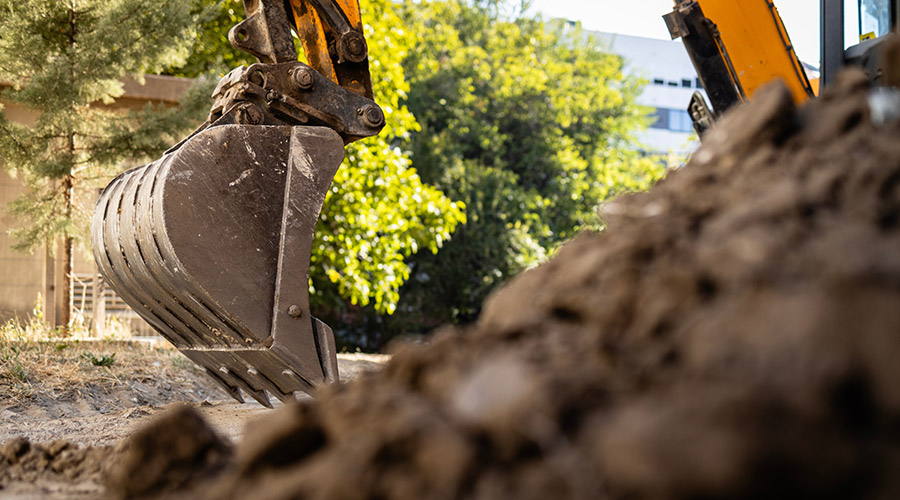Hospitals and other healthcare facilities are designed to make people better, but often when they step through the door, they are feeling overwhelmed and stressed out. To ease these emotions, designers have begun installing artwork for patients, residents and visitors to look at during their stay.
“It's been proven that artwork can promote a calm environment in what could be a very stressful setting, ultimately delivering better health to patients, their families and healthcare workers alike,” says Sasha Mulcahey, commercial sales manager and healthcare specialist with Artaic. “Shades of blue, green and purple, along with warm neutral colors, are excellent for healthcare environments as they infuse a sense of calm.”
Understanding the specific areas where art can be beneficial to the healing process is important. Depending on the facility, a calming lobby feature could reduce the stress of the check-in process, while an interactive art display in a patient’s room could help someone remain positive.
Artwork also can help people with disabilities as a navigation tool. Designers are using artwork as a tool to control the feel of the space using color and wayfinding, allowing people to move through the space more easily.
“The benefits are extensive and vary in the many different types of healthcare facilities,” Mulcahey says. “In the past, you may have seen whole spaces using color as wayfinding, like a desk with a yellow film, the elevator with a yellow panel and each door within that particular department with some type of yellow indicator.
‘Using artwork as wayfinding is more elegant. It can be easily understood and addresses certain disabilities, including color blindness. I've seen more healthcare facilities using nature as wayfinding, as well, like an ‘iris’ wing or ‘rose hips’ wing. Wayfinding artwork has a huge advantage for healthcare facilities.”
Designers must be careful when choosing the artwork to display. Hospitals and other healthcare facilities are deeply emotional places, and artwork can be interpreted in a variety of ways. Artwork in healthcare facilities should not be offensive to any culture. To remain neutral, Mulcahey suggests using pieces that incorporate nature or that are abstract.
“A common mistake I've found is using the color red,” Mulcahey says. “Even with good intentions, red could be detrimental. If a piece of art lends somewhat abstract and includes a red flower, for instance, the image could remind people of blood, resulting in even more anxiety.”
Facilities managers and designers can find appropriate art to use by collaborating with art consultants, public artists and even healthcare staff. Evidence-based designs can involve different colorways and images that promote healing.
“One lesson we've learned is to never have an animal by itself but rather always have them in pairs, in a group or have two different animal species together,” Mulcahey says. “I recently saw a different case study of artwork in a healthcare setting depicting a really beautiful dolphin popping up out of the sea.
“Unfortunately, given that this is a healthcare environment and the child likely already has stress, the reaction from the children was more of a feeling of loneliness, being that the dolphin was alone. We collaborate very closely with interior designers and art consultants to put ourselves in the patient’s mind and use proven principles to create artwork that is appropriate.”
Art can invoke emotions without saying anything. It can lead patients to appreciate it or pleasantly distract them to keep their minds off their upcoming appointment. Well-designed spaces promote a healthy and healing environment, and using art is one tool managers can use in the space.
Mackenna Moralez is the associate editor for the facilities market.

 CMMS, Data and the Path to Compliance
CMMS, Data and the Path to Compliance Healthcare is a Major Ransomware Target
Healthcare is a Major Ransomware Target Woodland Recovery Center to Expand with New Facility in Mississippi
Woodland Recovery Center to Expand with New Facility in Mississippi How to Design Senior Care Facilities for Veterans
How to Design Senior Care Facilities for Veterans Allegheny Health Network Struck by Third-Party Vendor Data Breach
Allegheny Health Network Struck by Third-Party Vendor Data Breach